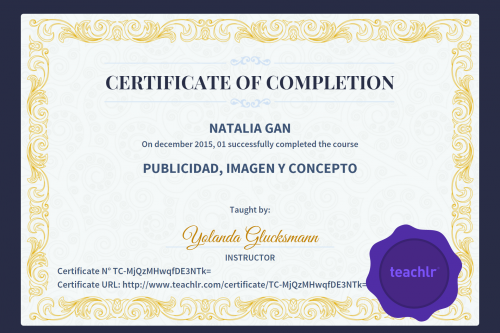At Teachlr our team is continuously in the search of learning new things.
We are subscribed to a great number of newsletters, always join every interesting webinar we stumble upon and follow influencers and experts on social media. This allows us to receive and consume key information that as digital entrepreneurs we should know about. Being curious and aware of new trends is essential to being innovative and growing our project.
A few days ago we came across an awesome blog post written by Jesse Bouman of Zapier: Side Projects: How Companies Turn Moonshot Ideas Into Profitable Businesses. The article reviews and analyzes how companies have successfully used side projects as a means to save, refresh or upscale their businesses.
The post besides being interesting and informative, it’s also thought provoking: We couldn’t help contemplating if the strategies here explained might work for Teachlr and our users.
Encourage side projects
A side project is an endeavour that organizations decide to undertake and develop in addition to their main product. It usually comes in the form of an app or website that serves as a tool to solve a typical problem users have. The investment of time and resources in these secondary projects responds to several reasons:
Feed your branding: A great free app positions the company as forward thinking, attentive to their users, and full of talented people. It helps generating a great reputation in already crowded markets.
Experiment and learn: “Messing around” allows the human talent of the company to sharpen their skills, try alternatives and find new ways to do things. It’s a gateway to innovation.
Attract new customers: If the free tool works great, imagine how awesome the paid services must be. A working side project is effectively solving users’ problems and as such the company has given proof that it’s capable of building great technology. As Jesse says, “If you can solve someone’s problem, you have their attention”.
People just wanna have fun: Side projects are sometimes started just for fun. For millennials, having fun at work has become important. Besides increasing job satisfaction which correlates to productivity, a fun environment allows people to flex their creativity and come up with innovative changes and even pivots in existing products. What’s more, fun and high performance don’t have to be mutually exclusive and side projects serve as evidence.
Side projects have proved to be successful strategies in large companies and startups. Gmail, Google Transit, Google Talk and Google News were incubated as side projects. The same happened in the case of Twitter and Buzzfeed. The KISSmetrics team learned valuable lessons about iOS apps use and customer behaviour from developing My Analytics. Unsplash (we are fervent users!) saved Crew.
Can the successful experience of developing side projects in tech companies be replicated in other fields, such as online education?
As an eLearning platform, where people come to learn and teach through online courses, we believe so.
There are experts all over the world who possess knowledge other people require to accomplish goals in their professional or personal lives. The exchange of knowledge keeps the world running and online courses are increasingly becoming a great medium to make it happen.
Experts do not need to leave their formal jobs aside to create and publish an online course. They can build it whenever and wherever they choose without any time pressures.
An online course perfectly qualifies as a professional side project with the capacity to improve careers:
Show me the (extra) money: The need of financial solvency in the midst of a fluctuant economy causes people to search new ways in which they can get an additional source of income. An online course is one of these options. Experts find a place to publish and sell their content in knowledge marketplaces such as Teachlr, where they manage their profits and withdraw credits directly from the platform.
What’s more, just like blog posts, online courses can be evergreen content, as they tackle topics that remain relevant long after their publication and keep attracting new students in the long term. They are passive sources of income.
Additional PR: An online course is a great branding tool for consultants or independent professionals, as it allows them to publicly demonstrate their skills in the area they work on. It’s direct evidence they know what they’re talking about and indicative of their high quality service. In addition, a course allows experts to boost their online presence, serving as a new channel to reach more potential clients.
Organize and re-learn: An online course is an excellent opportunity to organize and go over the content experts already handle. It allows them to identify what topics need further study, update their knowledge and even pinpoint any new trends in the field.
Our experience with side projects at Teachlr
Internally, we have also experienced first hand the positive changes a side project can bring about.
Teachlr Organizations, a customized online school designed to deliver training to employees, partners and clients through certified courses, actually began as a side project.
After researching the market, we realized organizations need to improve the performance of their teams while reducing costs, optimizing time and increasing productivity. This was our entrance ticket to the corporate world and soon decided to begin a new product based on the technology already developed with the Teachlr marketplace.
Teachlr Organizations has enabled our company to absorb new clients, expand our reach and grow our business. So far, so good.
Side projects propel new learning. New learning drives growth.



